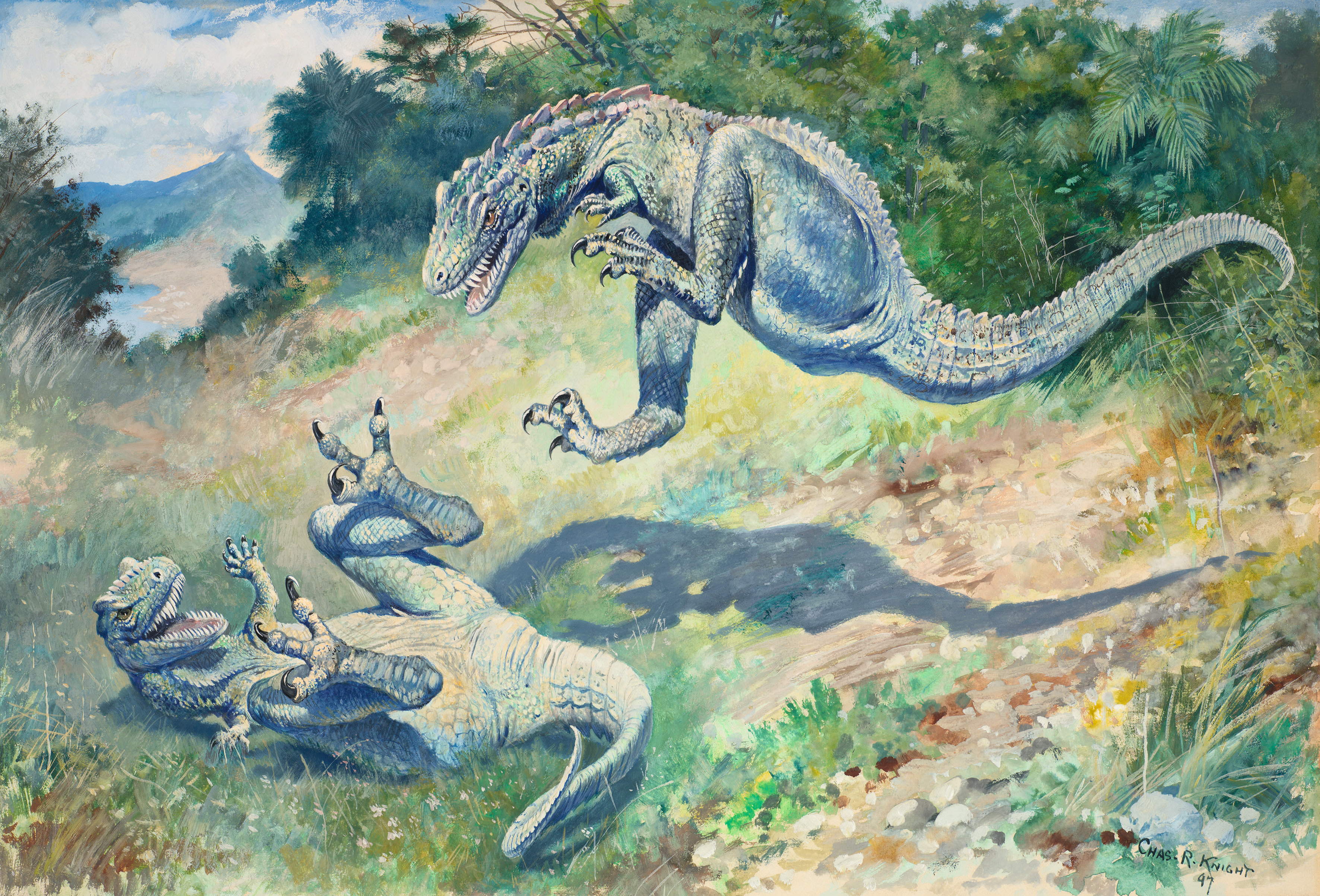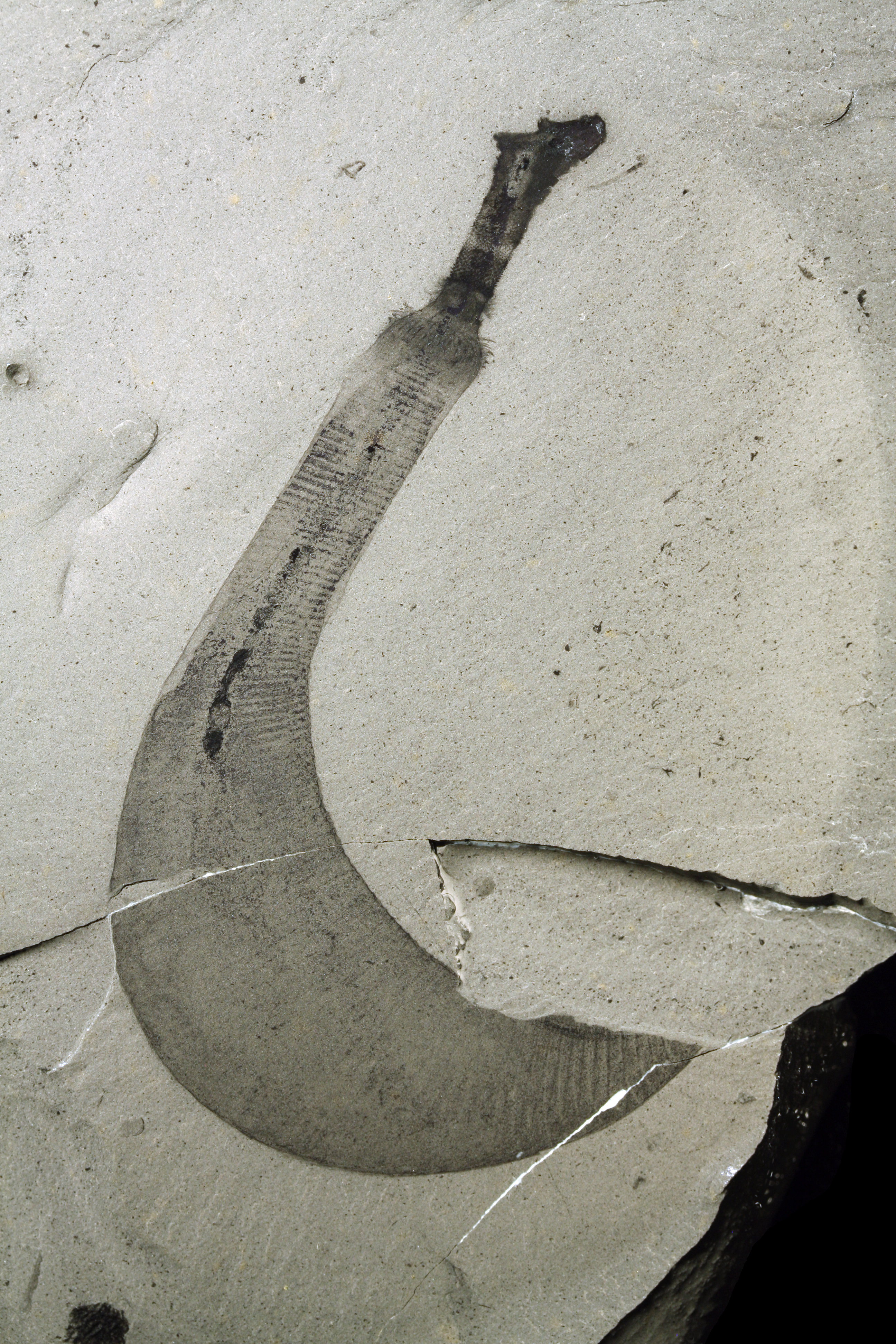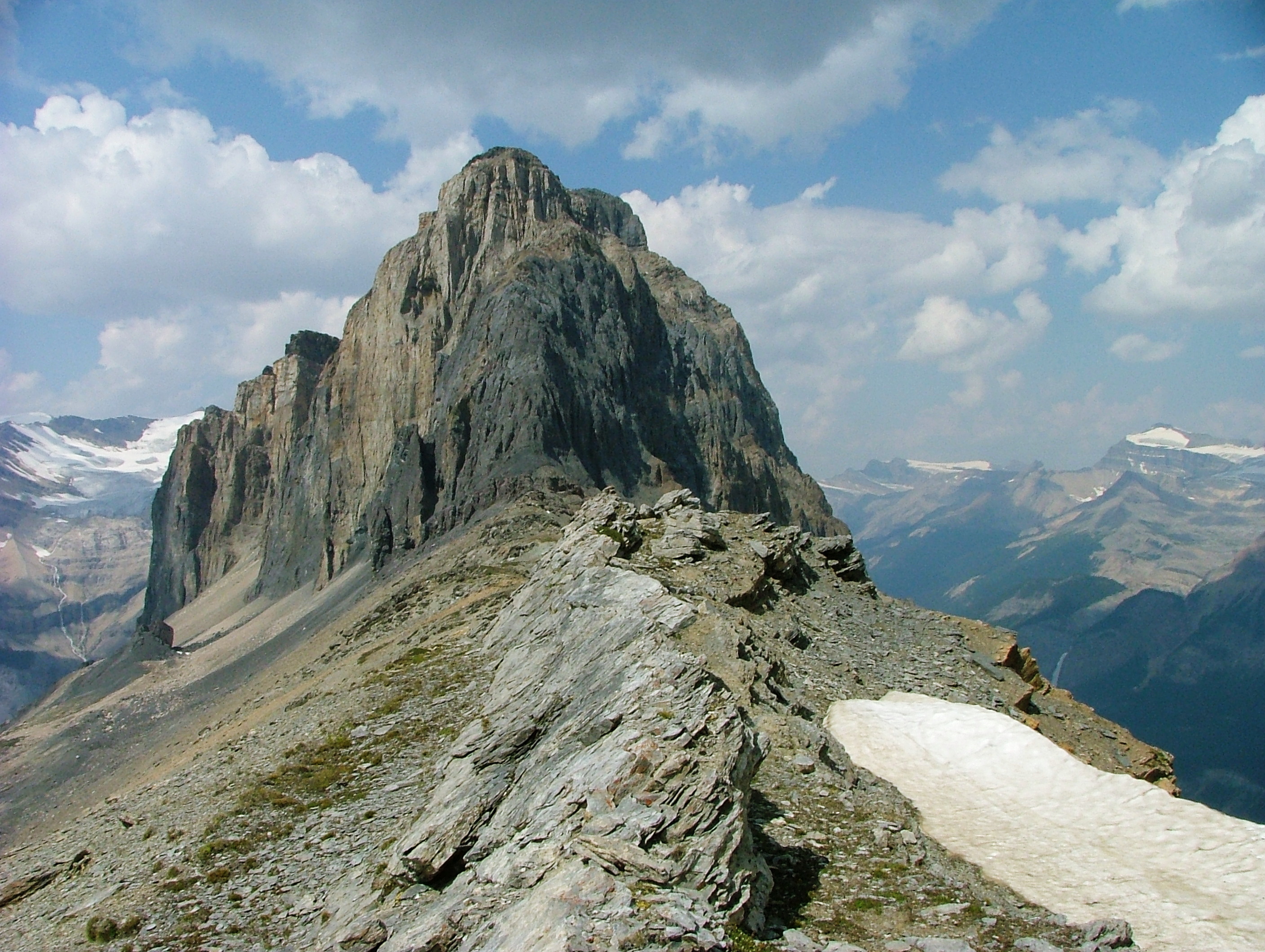|
Selkirkia Tsering
''Selkirkia'' is a genus of predatory, tubicolous priapulid worms known from the Middle Cambrian Burgess Shale, Ogygopsis Shale, Puncoviscana Formation and the Early Ordovician Fezouata Formation. 142 specimens of ''Selkirkia'' are known from the Greater Phyllopod bed, where they comprise 0.27% of the community. In the Burgess Shale, 20% of the tapering, organic-walled tubes are preserved with the worm inside them, whereas the other 80% are empty (or sometimes occupied by one or more small agnostid trilobites). Whilst alive, the tubes were probably vertical, whereas trilobite-occupied tubes are horizontal. Morphology ''Selkirkia'' had a body divisible into a proboscis towards the anterior of a trunk enclosed by a tube. The proboscis would have been partially invertable and was armed with several spinules and spines, decreasing size distally overall. It was controlled by at least two sets of anterior retractor muscles. Immediately behind the proboscis was the trunk, smooth for ... [...More Info...] [...Related Items...] OR: [Wikipedia] [Google] [Baidu] |
Burgess Shale
The Burgess Shale is a fossil-bearing deposit exposed in the Canadian Rockies of British Columbia, Canada. It is famous for the exceptional preservation of the soft parts of its fossils. At old (middle Cambrian), it is one of the earliest fossil beds containing soft-part imprints. The rock unit is a black shale and crops out at a number of localities near the town of Field in Yoho National Park and the Kicking Horse Pass. Another outcrop is in Kootenay National Park 42 km to the south. History and significance The Burgess Shale was discovered by palaeontologist Charles Walcott on 30 August 1909, towards the end of the season's fieldwork. He returned in 1910 with his sons, daughter, and wife, establishing a quarry on the flanks of Fossil Ridge. The significance of soft-bodied preservation, and the range of organisms he recognised as new to science, led him to return to the quarry almost every year until 1924. At that point, aged 74, he had amassed over 65,000 s ... [...More Info...] [...Related Items...] OR: [Wikipedia] [Google] [Baidu] |
Paleoart
Paleoart (also spelled palaeoart, paleo-art, or paleo art) is any original artistic work that attempts to depict prehistoric life according to scientific evidence. Ansón, Fernández & Ramos (2015) pp. 28–34. Works of paleoart may be representations of fossil remains or imagined depictions of the living creatures and their ecosystems. While paleoart is typically defined as being scientifically informed, it is often the basis of depictions of prehistoric animals in popular culture, which in turn influences public perception of and fuels interest in these organisms. The word paleoart is also used in an informal sense as a name for prehistoric art, most often cave paintings. The term "paleoart"–which is a compound of ''paleo'', the Ancient Greek word for "old", and "art"–was introduced in the late 1980s by Mark Hallett for art that depicts subjects related to paleontology, Hallett (1987) pp. 97–113. but is considered to have originated as a visual tradition in early 1800s ... [...More Info...] [...Related Items...] OR: [Wikipedia] [Google] [Baidu] |
Priapulid
Priapulida (priapulid worms, from Gr. πριάπος, ''priāpos'' 'Priapus' + Lat. ''-ul-'', diminutive), sometimes referred to as penis worms, is a phylum of unsegmented marine worms. The name of the phylum relates to the Greek god of fertility, because their general shape and their extensible spiny introvert (eversible) proboscis may resemble the shape of a human penis. They live in the mud, except for a few tropical meiobenthic species which live in medium- to coarse-grained sands, and are found in comparatively shallow waters to deep waters and no warmer than 12–13°C. Some species show a remarkable tolerance for hydrogen sulfide, anoxia and low salinity. ''Halicryptus spinulosus'' appears to prefer brackish shallow waters. They can be quite abundant in some areas. In an Alaskan bay as many as 85 adult individuals of '' Priapulus caudatus'' per square meter has been recorded, while the density of its larvae can be as high as 58,000 per square meter (5,390 per square foot). ... [...More Info...] [...Related Items...] OR: [Wikipedia] [Google] [Baidu] |
Cambrian
The Cambrian ( ) is the first geological period of the Paleozoic Era, and the Phanerozoic Eon. The Cambrian lasted 51.95 million years from the end of the preceding Ediacaran period 538.8 Ma (million years ago) to the beginning of the Ordovician Period 486.85 Ma. Most of the continents lay in the southern hemisphere surrounded by the vast Panthalassa Ocean. The assembly of Gondwana during the Ediacaran and early Cambrian led to the development of new convergent plate boundaries and continental-margin arc magmatism along its margins that helped drive up global temperatures. Laurentia lay across the equator, separated from Gondwana by the opening Iapetus Ocean. The Cambrian marked a profound change in life on Earth; prior to the Period, the majority of living organisms were small, unicellular and poorly preserved. Complex, multicellular organisms gradually became more common during the Ediacaran, but it was not until the Cambrian that fossil diversity seems to rapidly ... [...More Info...] [...Related Items...] OR: [Wikipedia] [Google] [Baidu] |
Puncoviscana Formation
Puncoviscana Formation () is a formation (geology), formation of sedimentary rock, sedimentary and metamorphic rock, metasedimentary rocks Ediacaran, Late Ediacaran and Cambrian, Lower Cambrian age, estimated at between 700 and 535 Ma, that crop out in the Argentine Northwest. Most of the formation lies in Jujuy Province, Jujuy, Salta Province, Salta and Tucumán Province albeit some authors extend the formation further south to the Sierras Pampeanas near Córdoba, Argentina, Córdoba. There are various tectonic interpretations on the origin and type of sedimentary basin that accumulated Puncoviscana Formations sediments. An early interpretation was that the sediments originated from a passive marginal basin of the ancient continent Gondwana. Others suggested an craton, intra-cratonic rift or aulacogen basin between Río de la Plata craton, Río de la Plata-Pampia Craton and Arequipa-Antofalla, Arequipa Massif. Yet other hypotheses revolve around the idea that the Puncoviscana Form ... [...More Info...] [...Related Items...] OR: [Wikipedia] [Google] [Baidu] |
Latin American Journal Of Sedimentology And Basin Analysis
''Latin American Journal of Sedimentology and Basin Analysis'' (formerly ''Revista de la Asociación Argentina de Sedimentología'') is a biannual peer-reviewed scientific journal published by the Asociación Argentina de Sedimentología. The journal covers the field of sedimentology and sedimentary basin Sedimentary basins are region-scale depressions of the Earth's crust where subsidence has occurred and a thick sequence of sediments have accumulated to form a large three-dimensional body of sedimentary rock They form when long-term subsidence ... analysis. References External links * Geology journals Geology of South America Multilingual journals Open access journals Biannual journals Academic journals published by learned and professional societies of Argentina Academic journals established in 1994 {{geology-journal-stub ... [...More Info...] [...Related Items...] OR: [Wikipedia] [Google] [Baidu] |
Ordovician
The Ordovician ( ) is a geologic period and System (geology), system, the second of six periods of the Paleozoic Era (geology), Era, and the second of twelve periods of the Phanerozoic Eon (geology), Eon. The Ordovician spans 41.6 million years from the end of the Cambrian Period Megaannum, Ma (million years ago) to the start of the Silurian Period Ma. The Ordovician, named after the Celtic Britons, Welsh tribe of the Ordovices, was defined by Charles Lapworth in 1879 to resolve a dispute between followers of Adam Sedgwick and Roderick Murchison, who were placing the same Rock (geology), rock beds in North Wales in the Cambrian and Silurian systems, respectively. Lapworth recognized that the fossil fauna in the disputed Stratum, strata were different from those of either the Cambrian or the Silurian systems, and placed them in a system of their own. The Ordovician received international approval in 1960 (forty years after Lapworth's death), when it was adopted as an official per ... [...More Info...] [...Related Items...] OR: [Wikipedia] [Google] [Baidu] |
Fezouata Formation
The Fezouata Formation or Fezouata Shale is a geological formation in Morocco which dates to the Ordovician, Early Ordovician.Fezouata Formation at Fossilworks.orgFezouata Shale at Fossilworks.orgLower Fezouata Formation at Fossilworks.org [...More Info...] [...Related Items...] OR: [Wikipedia] [Google] [Baidu] |
Phyllopod Bed
The Phyllopod bed, designated by USNM locality number 35k, is the most famous fossil-bearing member of the Burgess Shale fossil ''Lagerstätte''. It was quarried by Charles Walcott from 1911–1917 (and later named Walcott Quarry), and was the source of 95% of the fossils he collected during this time; tens of thousands of soft-bodied fossils representing over 150 genera have been recovered from the Phyllopod bed alone. Stratigraphy and location The phyllopod bed is a 2.31 m thick layer of the 7 m thick Greater Phyllopod Bed, found in the Walcott Quarry on Fossil Ridge, between Wapta Mountain and Mount Field, at an elevation of around , around north of the railway town of Field, British Columbia, in the Canadian Rocky Mountains. It is adjacent to Mount Burgess, where Walcott first discovered the Burgess Shale formation. Walcott divided the bed into twelve units based on the rock type and fossil content. Certain fossil beds provide reference levels and ca ... [...More Info...] [...Related Items...] OR: [Wikipedia] [Google] [Baidu] |
Agnostid
Agnostidae is a family of Agnostida trilobites. Like all Agnostina, they were eyeless and had only two thoracic segments. These trilobites inhabited benthic waters worldwide from 508 to 461 million years ago. The family includes the following genera, among others: *''Acmarhachis'' *''Agnostus'' *'' Aistagnostus'' *'' Anglagnostus'' *''Biciragnostus'' *'' Connagnostus'' *'' Distagnostus'' *''Eolotagnostus'' *''Gymnagnostus'' *''Homagnostus'' *''Idolagnostus'' *''Innitagnostus'' *''Ivshinagnostus'' *''Kymagnostus'' *''Lotagnostus'' *''Micragnostus'' *''Obelagnostus'' *'' Oncagnostus'' *''Phalacroma'' *''Phalagnostus ''Phalagnostus'' is a genus of small trilobites, in the order Agnostida. It lived during the Middle Cambrian, in what are now Canada (Newfoundland and Northwest Territories), China, the Czech Republic, Denmark, England, France, the Russian Federa ...'' *'' Quadrahomagnostus'' *'' Raragnostus'' *'' Semagnostus'' *'' Strictagnostus'' *'' Trilobagnostus'' References ... [...More Info...] [...Related Items...] OR: [Wikipedia] [Google] [Baidu] |
Cambrorhytium
''Cambrorhytium'' is an enigmatic fossil genus known from the Latham Shale (California), and the Chengjiang (China) and Burgess Shale (Canadian rockies) lagerstätte. 350 specimens of ''Cambrorhytium'' are known from the Greater Phyllopod bed, where they comprise 0.7% of the community. Etymology Its name is from the Latin ''rhytium'', drinking horn. Description The fossil is conical, with iterated linear markings on its walls, parallel to its base. Its wall is thin, and it lacks the keel that is distinctive of hyoliths. It has been interpreted as a cnidarian polyp, with the interpretation suggesting that the animal lived in the tube and extended tentacles (of which no trace has been found) from the flat aperture. This is supported by similarities to Palaeoconotuba. The other possible, but probably unlikely, affinity is with the hyoliths. Its similarity with the Lower Cambrian species '' Torellelloides giganteum'' may indicate a close relationship. ''Cambrorhytium'' has al ... [...More Info...] [...Related Items...] OR: [Wikipedia] [Google] [Baidu] |
Burgess Shale Fossils
The fossils of the Burgess Shale, like the Burgess Shale itself, are fossils that formed around 505 million years ago in the mid-Cambrian, Cambrian period. They were discovered in Canada in 1886, and Charles Doolittle Walcott collected over 65,000 specimens in a series of field trips up to the alpine site from 1909 to 1924. After a period of neglect from the 1930s to the early 1960s, new excavations and re-examinations of Walcott's collection continue to reveal new species, and statistical analysis suggests that additional discoveries will continue for the foreseeable future. Stephen Jay Gould's 1989 book ''Wonderful Life (book), Wonderful Life'' describes the history of discovery up to the early 1980s, although his analysis of the implications for evolution has been contested. The fossil beds are in a series of shale layers, averaging and totalling about in thickness. These layers were deposited against the face of a high undersea limestone cliff. All these features were ... [...More Info...] [...Related Items...] OR: [Wikipedia] [Google] [Baidu] |






